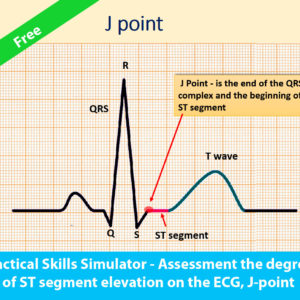A 46-year-old woman was referred to a hematologist by her family doctor. The patient complains of pronounced general weakness, discomfort in the left hypochondrium.
What diagnosis can be suspected in the patient? What confirmatory diagnosis examination should be carried out? What treatment strategy will be chosen and will it be effective?
The purpose of the training is to acquaint users of the platform with the route and difficulties in diagnosis, establishing the correct diagnosis and selecting treatment in case of failure of initial therapy in patients at the outpatient stage.
Authors

Yulia Malysheva
HematologistHematologist, “Avicena” clinic, Cherkasy (Ukraine)
Preparation of a description of a clinical case,
development hematological patients counseling recommendations and nosology description,
preparation of nosology description, preparation
imaging by clinical case

Dmytro Hamov
Hematologisthematologist of the regional hospital Cherkasy (Ukraine)
review of clinical case materials,
review of the hematological patients counseling recommendations and nosology description,
Competencies that will be acquired during the training
- Definition of typical complaints and symptoms in the patient with particular hematological pathology;
- Communication with the patient;
- Physical examination of the patient;
- Analysis of the patient’s outpatient card;
- Assessment of laboratory and instrumental examinations;
- Establishing a primary diagnosis;
- Carrying out differential diagnosis;
- Determination of the phase of the disease;
- Calculation of the relative risk for a particular hematological pathology;
- Making a clinical diagnosis;
- Designation of a diagnostic follow-up examination plan;
- Prescribing treatment following clinical guidelines;
- Choosing the first line of treatment depending on the risk group of a particular hematological pathology;
- Determination of contraindications before the start of treatment with some drugs;
- Assessment of molecular genetic research;
- Determination of response to first-line treatment;
- Choosing a patient treatment strategy depending on the response to treatment in the first line;
- Choice of second lines of therapy;
- Assessment of drug-induced toxicity;
- Determining the management strategy of a patient with drug-induced toxicity;
- Choosing the treatment strategy after failure of second lines of therapy.




Responses